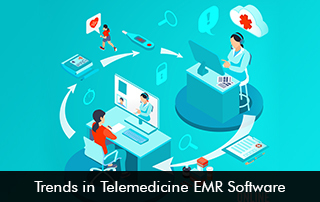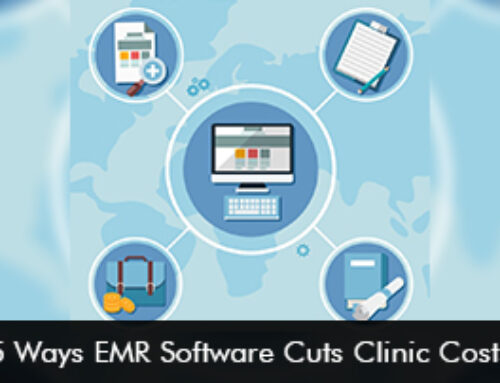To support modern healthcare delivery, most hospitals and providers have leveraged Telemedicine EMR Software Solutions to give uninterrupted care to patients. The COVID-19 pandemic accelerated the demand for virtual care, and the market is continuing to grow mainly because of the effectiveness, and convenience of Telemedicine EHR Software. Integrating telemedicine into Electronic Medical Records (EMR) Software has helped streamline remote consultations and reduce gaps in care.
Telemedicine EMR Software Adoption Rates in the USA
Telemedicine EMR Systems usage in the United States has increased with both users and providers having positive sentiments about the healthcare technology solution.
- Usage Rates – About 37% of adults used Telemedicine Software in 2021.
- Demographic Differences – Non-Hispanic White and Alaska Native adults are more likely to use telemedicine electronic health records software.
- Insurance Coverage – Patients covered by Medicare and Medicaid had greater Telemedicine EMR Software usage rates in contrast to those who were uninsured.
- Post-Pandemic Trends – Telemedicine usage has continued to rise above pre-pandemic levels even after the initial spike during the pandemic, suggesting a long-lasting shift in the way people obtain healthcare services.
Latest Trends in Telemedicine EHR Software
AI-Driven Enhancements
Through increased diagnostic precision and task automation, Artificial Intelligence (AI) is revolutionizing Telemedicine EMR software. By analyzing patient data from lab tests, video calls, and Electronic Medical Records Software, AI algorithms enable healthcare professionals to make choices more quickly and accurately. These systems also include predictive analytics, which aids doctors in the early detection of possible health issues.
Interoperability
Enhanced interoperability of the telemedicine platforms with the EMR systems is among the most notable developments in this area. Such a possibility means that all the patient data, regardless of the location from where it is collected, is organized in a single place and is easily navigable. Such a situation necessitates the need for cross-platform sharing of information between hospitals, laboratories, and remote care providers as telemedicine software grows.
Patient-Centered Care
Telemedicine EHR software is more user engagement and experience-orientated now. In addition to other developments, some have introduced patient portals in which patients can book an appointment, check test results, and message healthcare providers. The use of mobile devices by the patients is also encouraged to enable the patients to seek medical services even in rural or remote areas.
Software Compliance and Data Security
Amidst a spike in cyber threats, Telemedicine EMR Software providers are prioritizing patient data security and privacy by complying with HIPAA regulations. Furthermore, the use of two-factor authentication and robust end-to-end encryption will make telemedicine software sessions more protected and fruitful.







